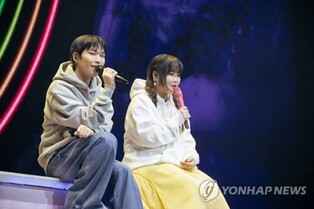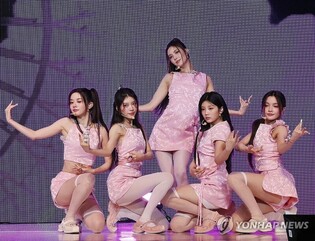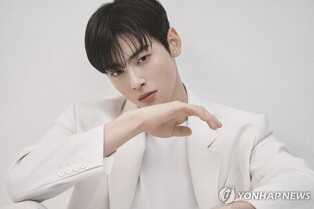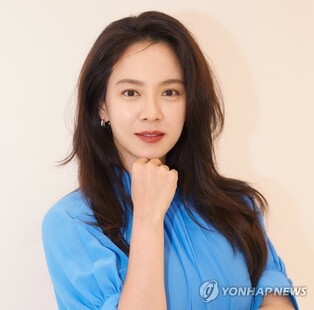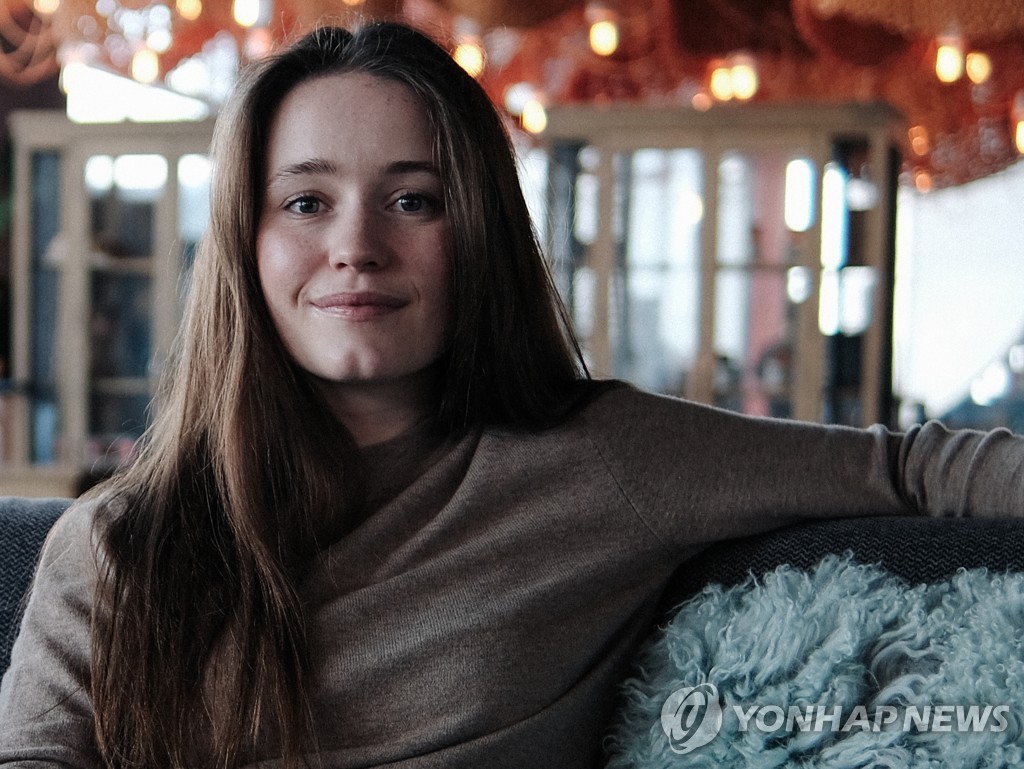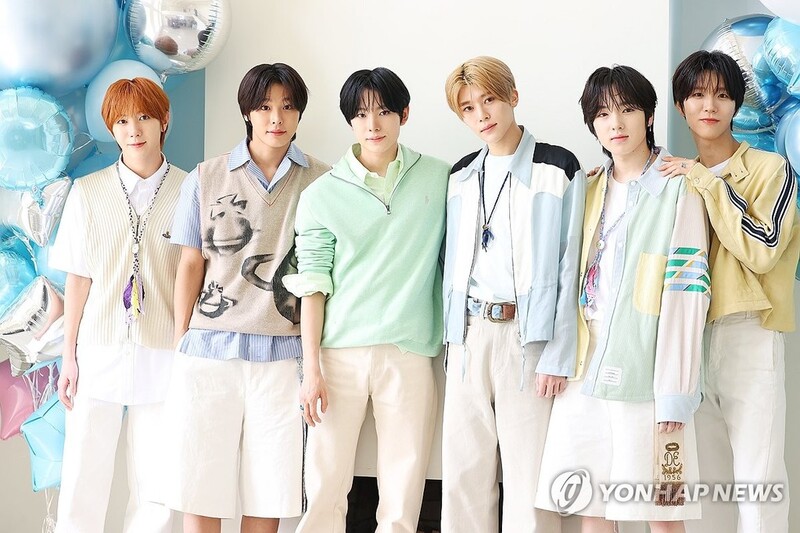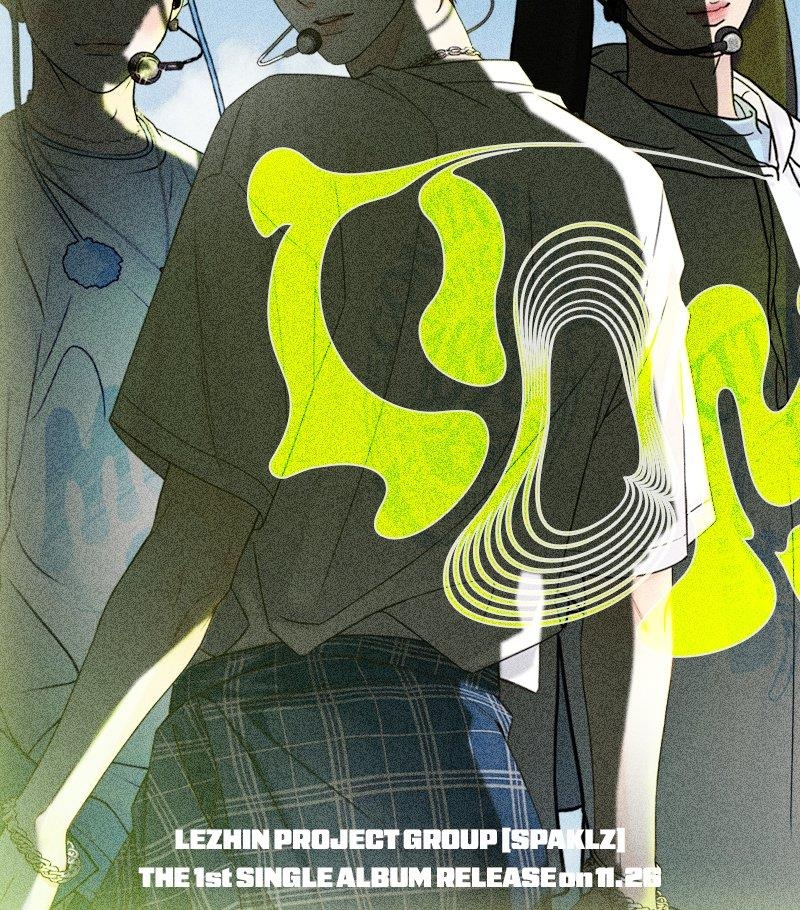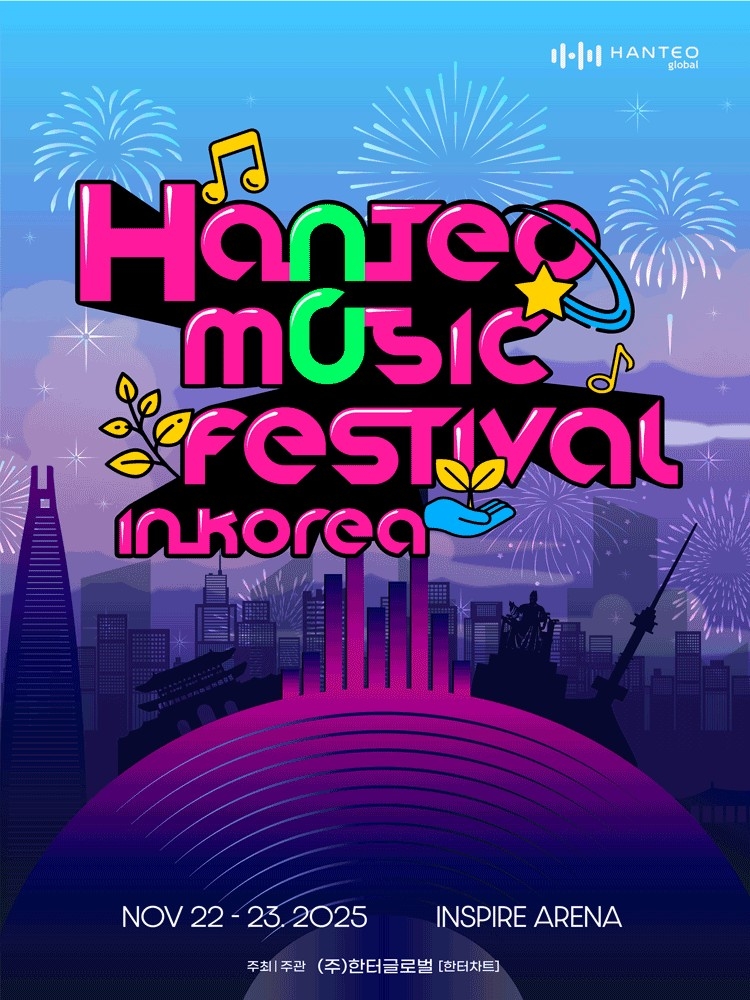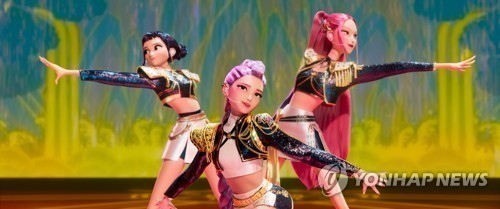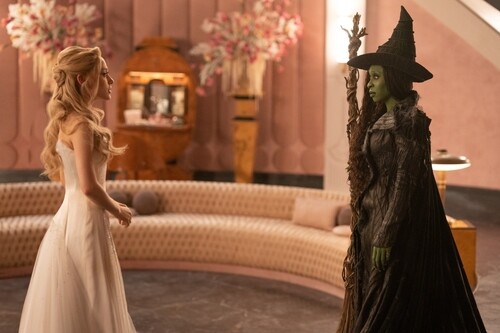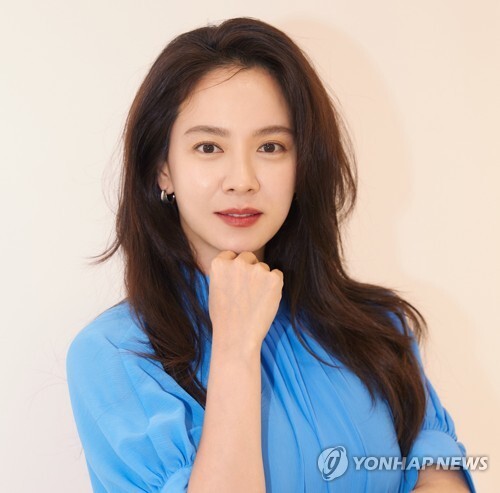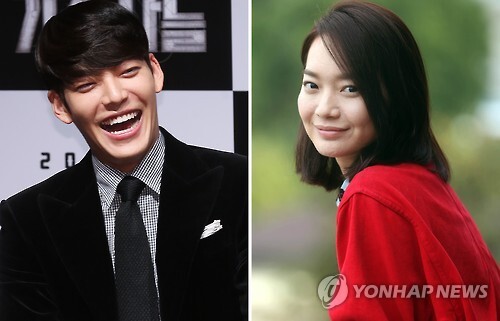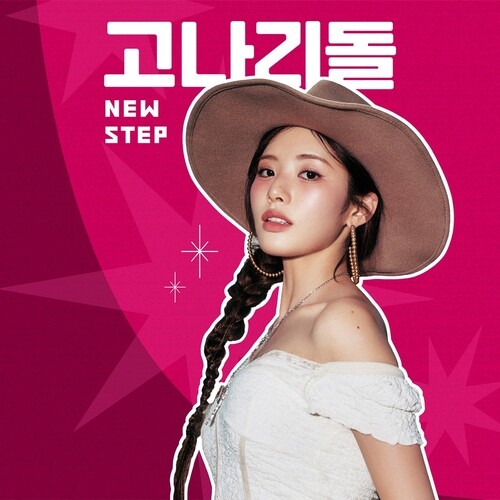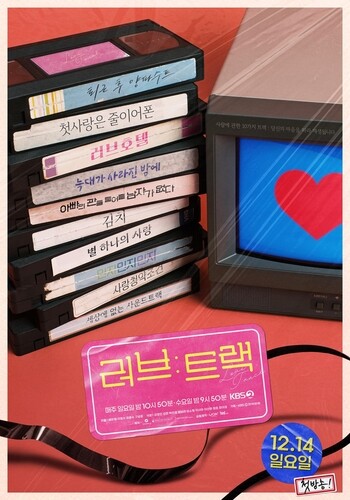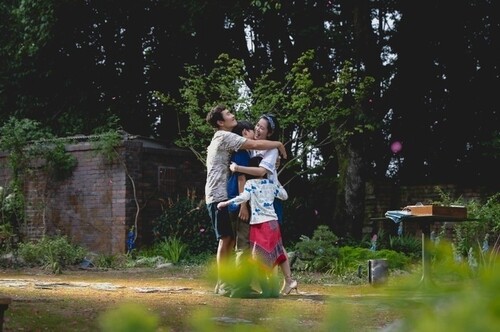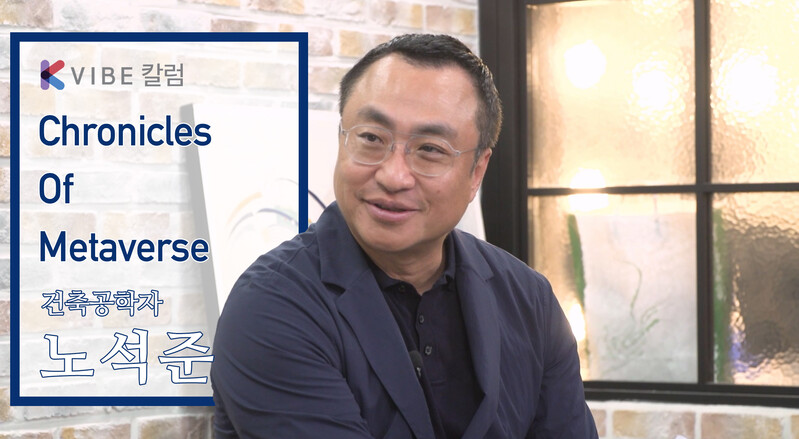 |
*Editor’s note: K-VIBE invites experts from various K-culture sectors to share their extraordinary discovery about the Korean culture.
Chapter 1. The Past
Hieronymus Bosch Brings Mythical Avatars to Life
By Noh Seok-joon (Master K-architect engineer)
Rebirth
of Imaginary Creatures from Myths
What distinguishes the real world from the mythical realms of imagination? Various elements play a role, but one of the most notable is the characters that populate these realms. Throughout history, humanity has created mythical creatures in their stories. From the half-human, half-beast monsters of Greco-Roman mythology, to the Norse Jormungandr, Fenrir, and trolls, to the numerous avatars in Hindu mythology, and the beings like Amaterasu and Susanoo in Japanese mythology, as well as the grim reapers and goblins in Korean legends, these creatures are products of human imagination.
Mythical characters vary greatly in appearance, ranging from complete monsters to half-human hybrids, to beings closely resembling humans. However, significant changes occurred after the formation of a Christian worldview in the Middle Ages. Mythical monsters vanished from stories, replaced by human-like characters, reflecting the new ways in which mythological narratives were constructed within the Christian understanding of the relationship between gods and humans.
Breaking
Old Frames to Create Something New
In artistic fields like literature, painting, and music, creativity and originality are highly valued. A well-painted apple is less important than creating an entirely new kind of apple that hasn't been seen before. Breaking free from existing frames allows for new perspectives and broader thinking. Artistic creations that challenge old conventions offer viewers new ways to see and understand the world.
Similarly, creating new forms of mythical characters and backgrounds is significant. By presenting entirely new creative works, artists provide opportunities for viewers to delve deeper into the meanings of myths and reinterpret them.
In this context, Hieronymus Bosch (1450–1516), a Dutch painter active during the 15th and 16th centuries, is regarded as a genius who offered new perspectives on the mythological narratives within Christian art. Bosch boldly departed from the established Christian worldview, reintroducing mythical monsters into his works with unique and imaginative forms.
Bosch created highly grotesque and symbolic characters. The backgrounds in his works depict bizarre and otherworldly settings, creating a distinct virtual world. Unlike earlier mythological paintings that mainly conveyed beauty or fear, Bosch’s works immersed viewers in a sense of the bizarre and grotesque. Even when illustrating stories from the Bible, he employed his distinctive style, creating afterlife realms like heaven and hell that differed completely from previous artistic interpretations.
One of Bosch’s masterpieces, The Garden of Earthly Delights, consists of three panels depicting heaven, reality, and hell. Despite differences in the characters and messages of each panel, a common feature is the strange and bizarre forms of non-human characters, animals, and even plants. These characters often perform impossible actions. The background settings, while appearing to depict natural elements like mountains, fields, skies, and lakes, are filled with unrealistic details upon closer inspection.
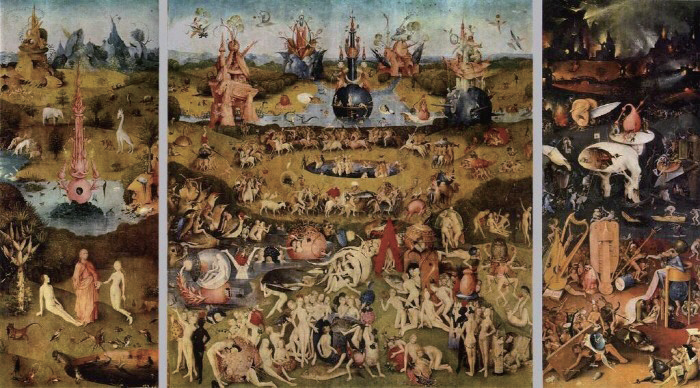 |
| ▲ “The Garden of Earthly Delights” by Hieronymus Bosch |
Bosch’s groundbreaking approach in blending mythical and Christian elements with his unique artistic vision transformed how mythical narratives were represented, inviting viewers to explore and reinterpret the rich tapestry of myths with fresh eyes.
Bosch’s daring challenge hints at the potential birth of new fusion avatars in the metaverse era. These avatars, created through entirely different approaches that break away from existing frames, will lead to new, unfamiliar, bold, and innovative stories that we have never experienced before.
Monsters,
the Metaverse, and Avatars
How did imaginary monsters, non-existent in the real world, become central characters in myths? The emergence of monsters in myths can be attributed to the process by which humans created and passed down mythological stories, often inserting their own thoughts and emotions, leading to embellishments or distortions of the original tales.
Creating monster characters was a universal phenomenon across societies and eras. When hearing a story, people focus on the central events and the intense emotions of joy, fear, or longing associated with them. As storytellers conveyed these narratives to others, their subjective emotions and experiences influenced the stories, causing distortions and alterations. Through this process, the intense emotions of fear or joy in the stories were amplified, leading to the creation of surreal, imaginary monsters to effectively express these extreme emotions.
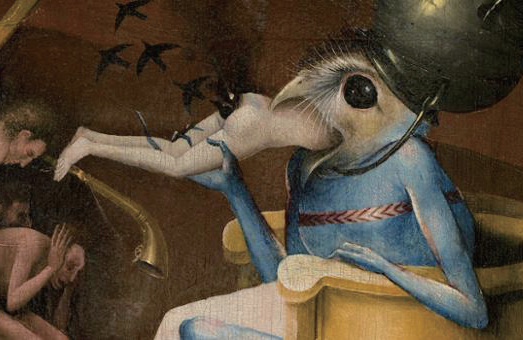 |
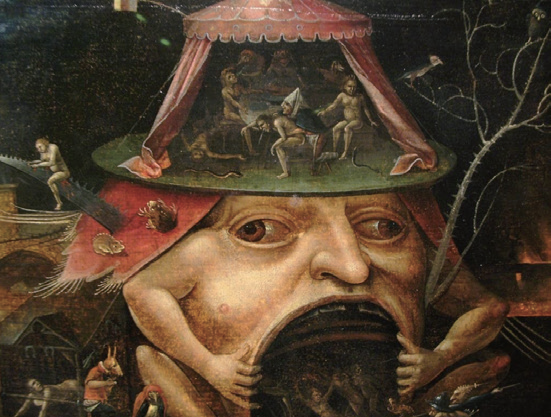 |
| ▲ Monsters in “The Garden of Earthly Delights” |
What was the original nature of these monsters? Were they truly demonic characters as Christianity claims? Before the formation of the Christian worldview, myths, and fables in various countries often held greater influence than Christianity itself. Norse myths were politically and socially significant to the Norse people, Allah and Muhammad's teachings were central in Islamic Middle Eastern societies, and the teachings and enlightenment of Buddha were pivotal in many East Asian countries. However, when Christianity was adopted as the state religion during the Roman era, local myths and imaginary stories lost their value.
After Emperor Constantine recognized Christianity in the Roman era, monster characters in myths worldwide were all transformed into human forms within the Christian worldview. Christianity, advocating monotheism, believed that no supernatural beings existed other than God. All mythical stories were reinterpreted to focus on the relationship between God and humans. This led to the depiction of monsters as negative images, seen as rebellious idols or demons rejecting the one true God.
This historical context led to the devaluation and tarnishing of the monster's image. Originally, monsters did not only refer to terrifying and grotesque creatures. Beautiful angels in Christianity, with their human forms and wings, are also considered a type of monster. Mermaids in Norse mythology are another example. However, people often view angels and mermaids as benevolent and beautiful beings that transcend reality, rather than as monsters.
A close examination of monsters reveals that they are often fusion beings, typically combining human and animal traits. Particularly, their faces and upper bodies tend to resemble humans, reflecting the human tendency to judge and communicate based on facial features. If their faces and upper bodies were entirely inhuman, they might evoke a sense of disgust and be perceived as demonic characters.
Of course, this perspective itself might be constrained by existing frameworks. Breaking free from even these frameworks could lead to the creation of entirely new virtual characters that are currently beyond our imagination. While humans may have historically been limited to face-to-face communication, future developments might establish entirely new modes of interaction. The metaverse is a space where such boundless imagination and possibilities can unfold.
In the metaverse, humans can experience surreal spaces and virtual stories. Avatars, the characters in this realm, could transcend human and monster forms, becoming astonishing entities that current language cannot adequately describe, representing humans in dynamic ways. This is the true essence of the metaverse we aspire to achieve—a world beyond imagination.
Historical Insight into Future Avatars
Humanity has long created virtual worlds and within them, birthed virtual characters in various forms and styles. Characters in paintings that depict such virtual worlds indirectly involve viewers in specific events within those worlds, much like avatars in the metaverse.
Examining the process by which characters have been created throughout history offers insight into the future of avatars. Hieronymus Bosch shattered the Christian framework that confined characters to human forms and, with his imagination, brought forth grotesque monsters. The metaverse era similarly calls for creative and bold challenges that break away from existing frameworks.
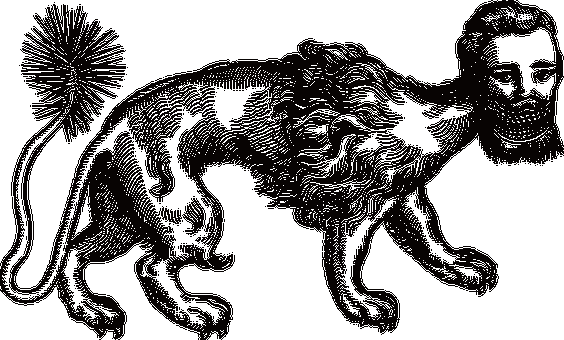 |
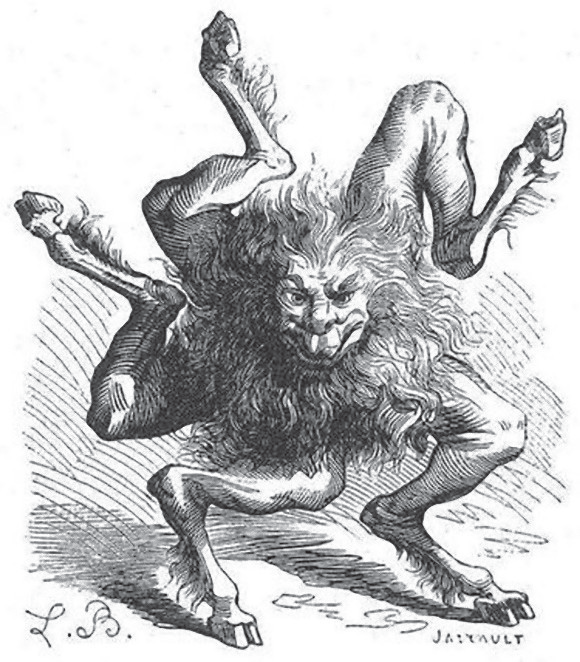 |
| ▲ Depictions of Monsters in Western History |
(C) Yonhap News Agency. All Rights Reserved







